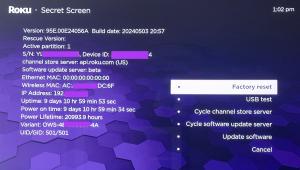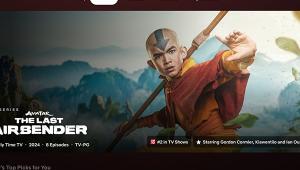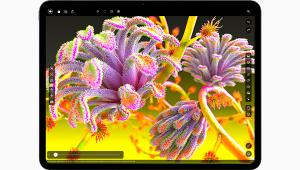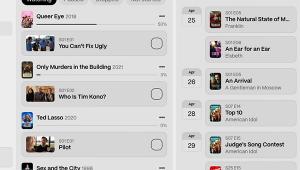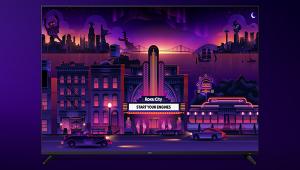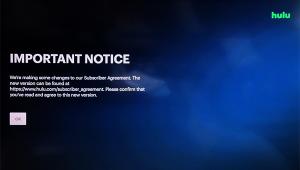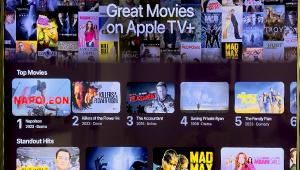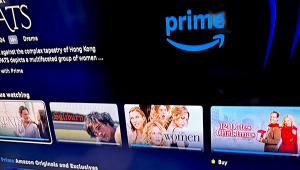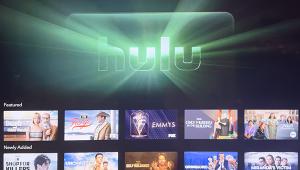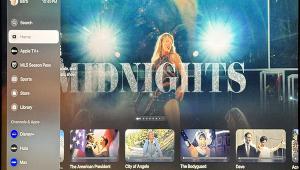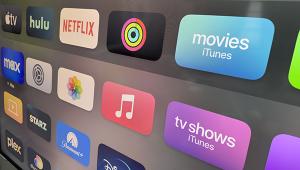Thanks for the streaming 2014 summary. As a 2014 cord cutter I'm very interested in streaming content as a replacement for TV.
For many reasons streaming is a poor replacement for me for movie replacement.
* I have limited downstream speed but not so slow that it's not better than broadcast or cable
* Movie streaming quality is no where near blu-ray quality for both video and audio.
Thanks for the summary. I'd really like to add ROKU or TV OTA receiver/DVR to the mix in 2015.
Happy New Year!!!!!!!!!!!!!




